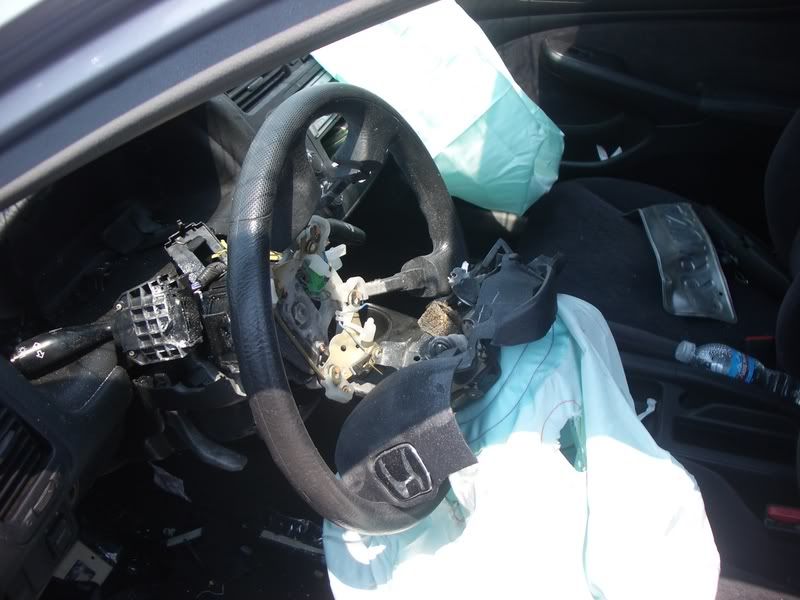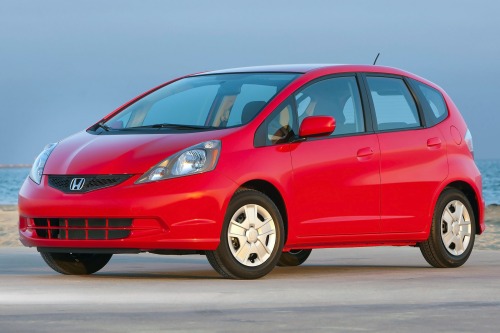This blog is about a father and daughter looking for a new fuel efficient small car for
basic hassle free transportation. The story takes place in urban Boston, USA where parking is not easy to find. Requirements were fuel efficiency, able to carry four adults comfortably and reliability of vehicle. Fancy options were not a priority and stick shift was preferred to keep costs down. Keep in mind that most manufacturers charge around $1000 for the automatic. With a budget of 12-15 thousand US dollars these were the choices.
In alphabetical order were:
- Chevrolet Spark LS
- Ford Fiesta S
- Honda Fit (base model)
- Mazda 2
- Mitsubishi Mirage DE
- Nissan Versa S (sedan)
- Nissan Versa Note S (hatchback)
- Toyota Yaris
Elimination process commenced, Ford Fiesta had too little rear leg room. The Chevy Spark had a motorcycle-style instrument cluster. Toyota Yaris felt uncompetitive, with an unappealing
dashboard layout and manual door mirrors that required opening the
window to adjust them. The Mazda2 was dropped because other cars offered a better dollar value. The
Versa Note because it was too similar to the Fit, which was a better
overall vehicle with a solid reputation.
By the third weekend, a short list had emerged:
Honda Fit, Mitsubishi Mirage, and Nissan Versa S sedan.
"Everything about the Versa S was "good enough." With crank
windows, manual door locks, an all-black dashboard, and a rear seat that
didn't even fold down, the Versa S is a very basic car. But my
daughter felt it drove fine, with adequate acceleration and handling. There was really nothing wrong with the Nissan Versa
sedan although we suspected it might be a difficult car to fall in love
with."
"Without considering price, the Honda Fit is clearly the
vehicle of choice among this group. With power windows, power door
locks, a USB port, and its astoundingly flexible "Magic Seat" fitted
even to the base model, the Fit is relatively luxurious. Its rear seat knee and head room is excellent, and the
multiple ways to fold the rear seat makes it clear that the Fit would be
a champion in any hauling competition. But at nearly $16,000, the Honda Fit could be best thought of as "more car, more money" compared to the others on the list."
"The manual shift Mirage proved to be a lot of fun. Although it has only
three cylinders producing 74 horsepower, the engine
has just 1,973 pounds to move around meaning that acceleration onto the
highway was more than adequate. The sound coming from the 1.2-liter three-banger engine does take some
getting used to. It isn't exactly "loud" but it has more growl when
accelerating from a dead stop than any other vehicle tested. But with an EPA rating of 37 mpg (6.36 L/100km) combined (34 mpg
city, 42 mpg highway) means my daughter would be spending significantly
less at the pump than she would have with some of the other small vehicles. The Mirage received good ratings in IIHS testing (except for the new small-overlap front crash test) and it has seven airbags. The Mirage offers a lot of value, including power windows,
power mirrors, power door locks, and USB connectivity. It even has
automatic climate control on the base model, a very luxurious feature on the second or third least-expensive vehicle in the market. The rear-seat knee and head room is a little tight for my
6'1" frame, but at 5'10", my daughter fit fine in the back seat even
with the front seats all the way back. Rear cargo space is very limited,
hardly surprising in a vehicle fully a foot shorter than the Honda Fit.
In the end, her decision came down to the Honda Fit versus
the Mitsubishi Mirage and that all-important consideration of money."
The Honda Fit is undoubtedly the better vehicle to drive
and haul and with Honda's reputation for reliability is a strong
incentive to stick with a better known brand.
With the Mirage already
much less expensive than the Fit, and coming with $1,000 factory cash incentive putting its final
price about $4,000 lower than the Fit's the Mirage was chosen.
Great real life story, although I would have chosen the Honda Fit. Even at $4000 extra it's got more power, a larger boot, the "magic seat", a higher resale value and is consistently rated the best sub-compact by most automotive journalists. Oh and by the way at 6'3" tall I am very comfortable either sitting in the front seat or the back seat of the Fit, can't say the same for the Mirage. These are my reasons why the Honda Fit is still the best value for the money in the sub-compact class.
Then again it's all relative like I always say, for her the Mirage fits her size fine and she saved $4000 smackers, well done.
Here is the link for the full article on Greencarreports.com:
http://www.greencarreports.com/news/1092431_why-one-young-woman-bought-a-2014-mitsubishi-mirage-frugal-shopping/page-2
Link for USA IIHS car safety:
http://www.iihs.org/
Link for European car safety:
http://www.euroncap.com/home.aspx
Photos from Google images.






